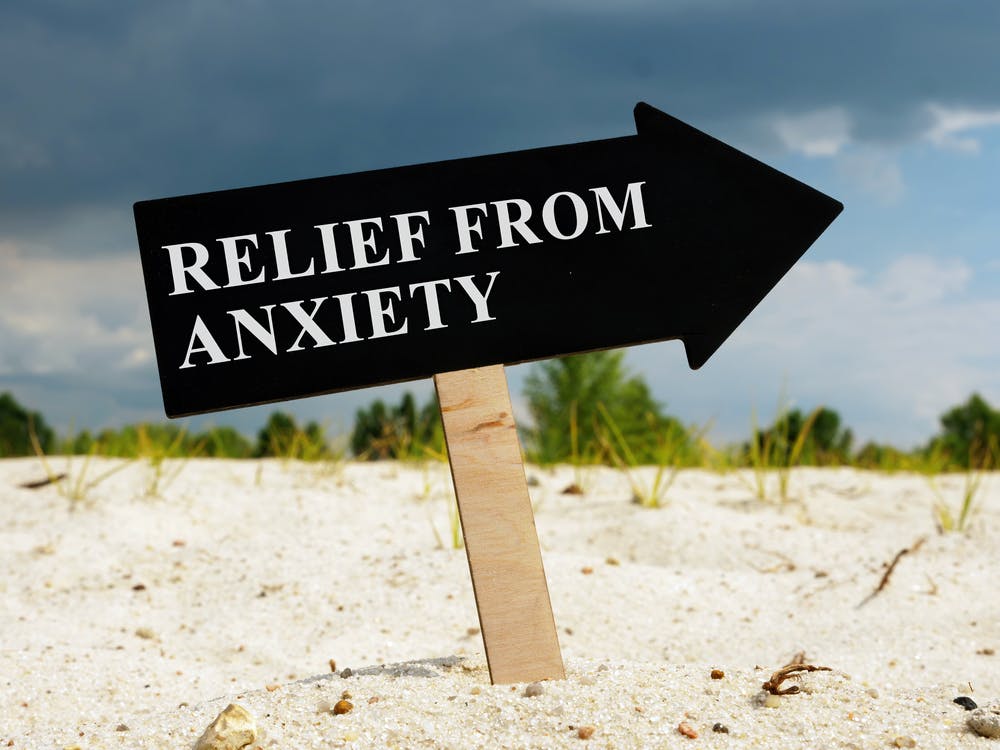One of the most prevalent mental health disorders, it’s estimated that anywhere between 18.1 to 30 percent of American adults suffer from anxiety in some capacity. This large range is caused primarily because of unreported, undiagnosed cases due to stigmas surrounding mental health disorders. This can often lead to self-medication and substance abuse, as about 20 percent of people with anxiety disorders also live with addiction.
If an anxiety disorder is contributing to a co-occurring substance abuse disorder, addressing them simultaneously is paramount to successfully overcoming both. Replacing the crutch of drug or alcohol abuse with positive and beneficial coping mechanisms is the secret to achieving long-term success in recovery.
Therapy and full exploration regarding what causes your anxiety and how to counteract your symptoms is important to taking back control of your life. A great place to start is with these 3 tricks for managing anxiety.

Distraction
In the heart of the storm, anxiety attacks are terrifying: getting swept away in those overwhelming thoughts and emotions can lead to dangerous situations including relapse. One of the best strategies is for dealing with mounting anxiety is recognizing early signs and creating calming distractions for yourself. The right distractions serve to keep you from hyper-focusing on the anxiety-inducing situation, thus shortening the experience and reducing the severity of your symptoms.
Keeping an arsenal of distraction techniques on hand helps you manage even sudden anxiety triggers. Test out these suggestions to find what works for you:
- Create an anti-anxiety music playlist on your phone
- Download anxiety management apps
- Buy a fidget spinner or stress relief baoding balls
- Try out adult coloring books
- Download a free podcasting app and subscribe to your favorite meditation guides
- Learn stress relieving self-massage techniques
Redirection
Some hypothesize that anxiety disorders are born from a defect in self-preservation instincts passed down from our predecessors. The release of adrenaline and the triggering of the ‘fight or flight’ response supports this and explains the overwhelming nature of panic attack symptoms: sweating, difficulty breathing, shakiness, and the intense need to escape or face death. Harnessing that energy and redirecting into more beneficial outlets prevents negative fallout and bolsters your ability maintain a clean and sober life.
If you can, try these methods for redirecting your anxious energy:
- Go for a jog, swim, hit the gym, or dance
- Write, paint, or draw it out
- Sing your favorite songs at the top of your lungs
- Clean up your living space and re-organize
- Don’t be afraid to have a good cry
Exploration
Identifying the causes of anxiety in the moment helps to disperse the negative thoughts and emotions by shifting focus to problem-solving. Instead of getting lost in feelings of helplessness, taking the time to pinpoint the source of those feelings puts the power back in your hands.
This practice allows us to step back and locate the heart of the storm and do something about it. Finding a solution rather than focusing on the problem is a life skill that can benefit you in all aspects of your life.
Questions to ask yourself when exploring the causes of anxiety:
- What is happening around me right now?
- What happened immediately before I began feeling anxious?
- Is there a pattern of anxiety I’m missing?
- Can I remove myself from this situation?
- What can I do to ease my anxiety?

